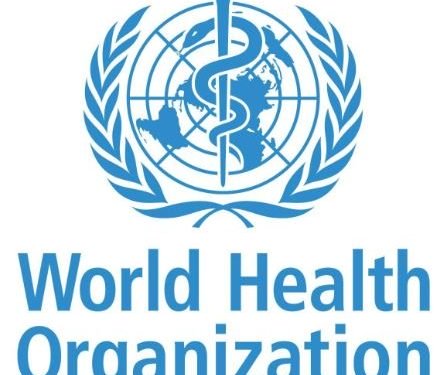Over three million girls at risk of genital mutilation, says WHO

Over three million girls are at risk every year to genital mutilation. This number is expected to increase to 4.6 million girls in 2030 unless accelerated actions are taken to prevent this harmful practice.
This was disclosed by the World Health Organization (WHO) Regional Director for Africa, Dr. Matshidiso Moeti, in a statement to commemorate the International Day of Zero Tolerance for Female Genital Mutilation (FGM).
She explained that apart from FGM being a human rights violation, it also has no health benefits and can result in significant health complications for the women and girls affected, as well as social consequences and an economic burden for health systems and society.
According to her, “Globally, FGM is estimated to have been performed on more than 200 million girls and women alive today. More than three million girls are at risk each year, and this number is expected to increase to 4.6 million girls in 2030 unless we accelerate action to prevent this harmful practice.
“Eliminating FGM will require the full support of donors and decision-makers. To support the call for increased investment, at WHO, today we are launching an interactive FGM economic cost calculator.
“The tool visualizes the health and economic costs of FGM and the potential cost savings in implementing interventions to prevent it. The calculator is relevant to decision-makers, donors and communities, who can use its results to inform actions towards eliminating FG.
“In the African Region, FGM occurs in 30 countries. We have seen progress – for instance, in Burkina Faso, Kenya, Liberia and Togo, FGM has decreased among girls aged 15 to 19 years over the past 30 years. However, collectively we need to do more to protect girls, women and communities from the harms associated with FGM”.
She appealed to decision-makers, policy-makers, programme planners, and donors to use the new WHO calculator to inform decisions and invest more to eliminate FGM within a generation.
Explaining the level of partnership between the WHO, Member States and partners to eliminate FGM, she added that the WHO is developing guidelines, tools, training, and policies for health workers to provide the highest quality health care, including counselling girls and women living with FGM, while also taking actions to prevent the practice.
“We are generating knowledge about the causes and consequences of the practice and about how to prevent it; and developing publications and advocacy tools efforts to end FGM,” she said.
The theme of this year celebration is – “Unleashing Youth Power: One Decade of Accelerating Actions for Zero Female Genital Mutilation by 2030″.







